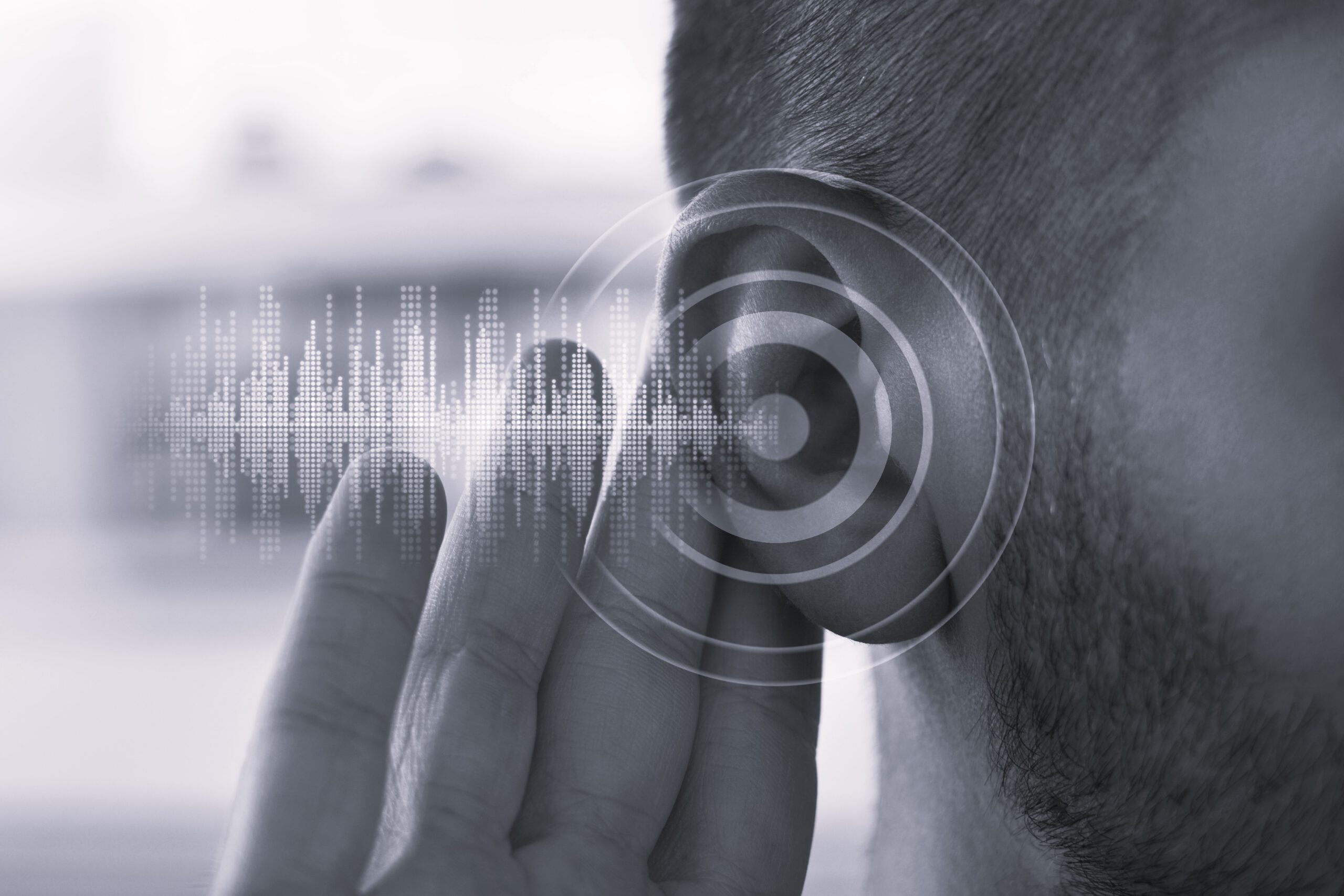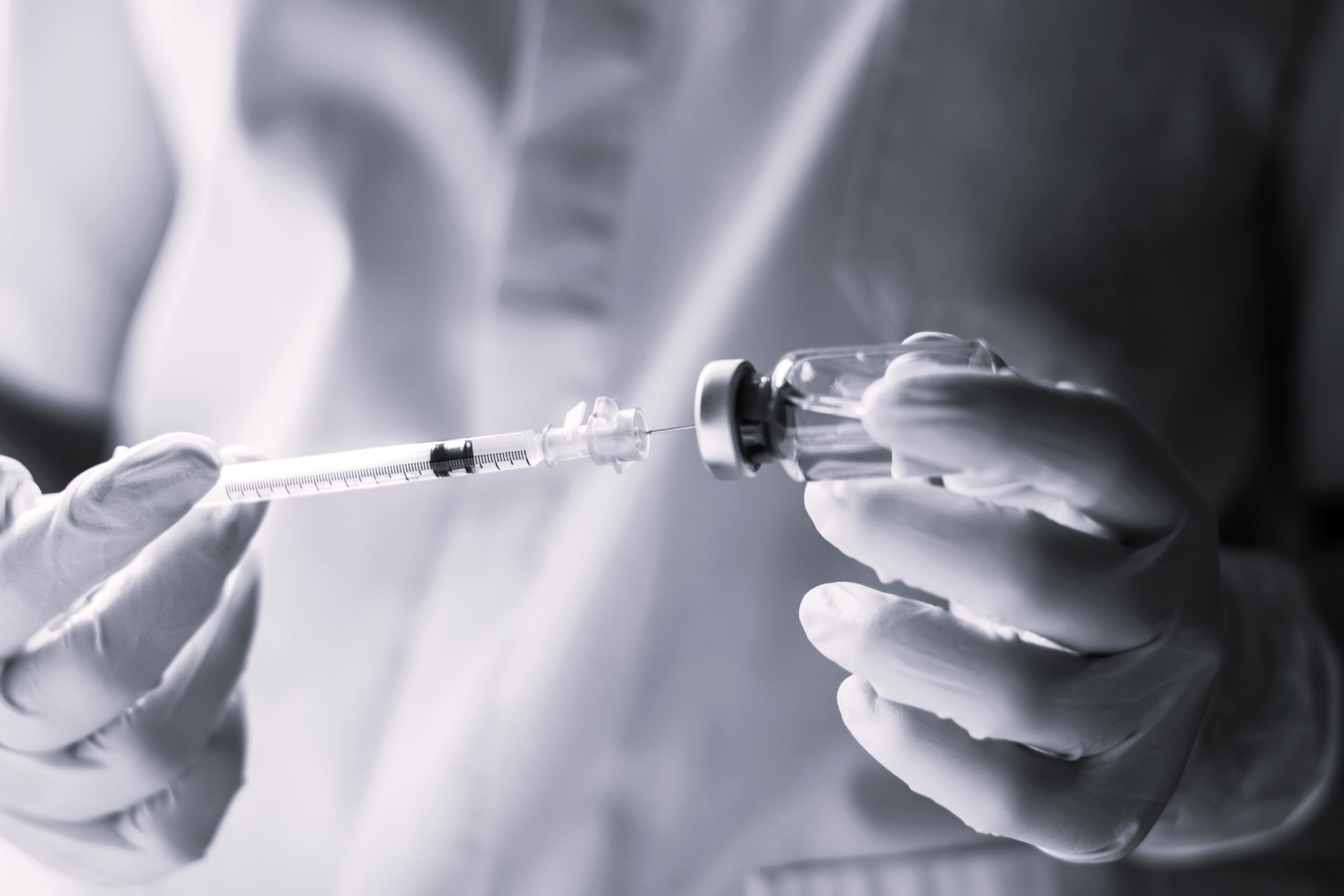Why do you need it?
Under WHS law a Person Conducting a Business or Undertaking (PCBU) must ensure the health and safety of workers and other persons at the workplace which may involve (along with other controls) the provision of personal protective equipment (PPE). It is the responsibility of any PCBU that provides PPE to ensure that the PPE is:
- selected to minimise the risk to health and safety and is suitable for the nature of the work and the hazard associated with the work and
- a suitable size and fit and reasonably comfortable for the worker who is to use or wear it.
Hearing protection fit testing is a crucial procedure that evaluates how well a specific hearing protector (like earplugs or earmuffs) fits an individual and measures the amount of noise reduction it provides while being worn. Hearing Protection Fit Testing takes the guesswork out of managing compliance in your hearing conservation program.
AS/NZS 1269.3:2005 Part 3 highlights the need for appropriate fitting of hearing protection as best practice across industry.
Research shows that hearing protection fit testing reduces likelihood of hearing loss1, improves the use of hearing protection2 and gives the ability to evaluate attenuation when combined with other PPE.
Benefits of fit testing:
- effective fitting technique: Ensures workers know how to correctly insert and use hearing protectors.
- device selection: Helps personnel choose the right hearing protection for their specific work environment.
- early intervention: Identifies individuals at risk for noise-induced hearing loss.
References:
- Neitzel R.; Rabinowitz P.M.; Cantley L.; Galusha D.; and Slayer, S., “A Mixed-Methods Assessment of Hearing Conservation Program Effectiveness,” NHCA Spectrum, Vol. 34, No. 3, December 2017
- Murphy, W.J.; Themann, C.L.; and Murata, T.K., “Field-Testing NIOSH HPD Well-Fit: Off-Shore Oil Rig Inspectors in Texas and Louisiana,” Center for Disease Control, July 2015, https://www.cdc.gov/niosh/ surveyreports/pdfs/360-11a.pdf?id=10.26613/NIOSHEPHB36011a
How does it work?
Hearing protection fit testing can be conducted onsite or at our clinics.
If onsite a small clean room is required with a power source, a desk and two chairs. Resile can provide an online booking system or a booking spreadsheet.
We provide a quantitative measurement to assess the effectiveness of a hearing protector for an individual. This will provide a Personal Attenuation Rating (PAR) which represents the overall attenuation (noise reduction) provided by the hearing protector for that specific person.
Which test is used will depend on the type of hearing protection being used.
If you want to discuss this further or to arrange testing email siteservices@resile.com.au
Fit testing usually takes between 10 and 15 minutes to complete, including generation of a personal report showing the results and the PAR. The results show whether the hearing protection used is effective and suitable for the individual. Education is on effective hearing protection will be given at the time of the test.
While hearing protection fit testing often done for many employees over a day or more, it is available at any time/shift/day for additional rates.
If you want to discuss this further or to arrange testing email siteservices@resile.com.au
FAQs
- for all new workers enrolled in hearing protection programs (new worker or worker moving into a noise SEG)
- when a Significant Threshold Shift (STS) is detected on periodic audiograms.
- when physical changes to the ear canal affect the fit of assigned hearing protection.
- if the primary type of fitted hearing protection device changes (e.g., switching from earplugs to earmuffs).





